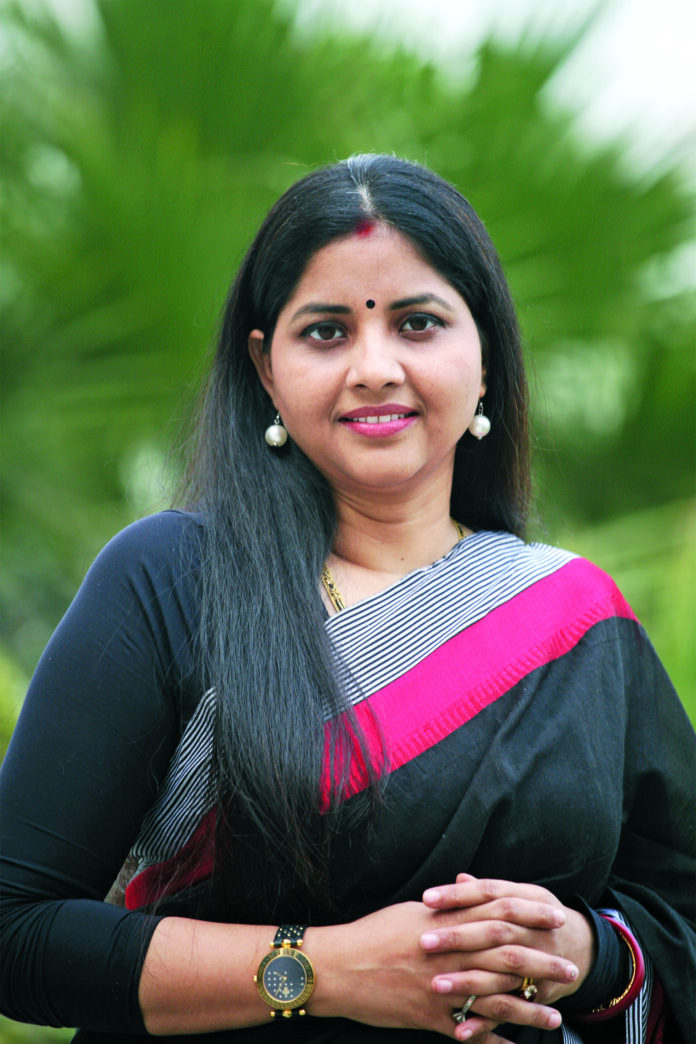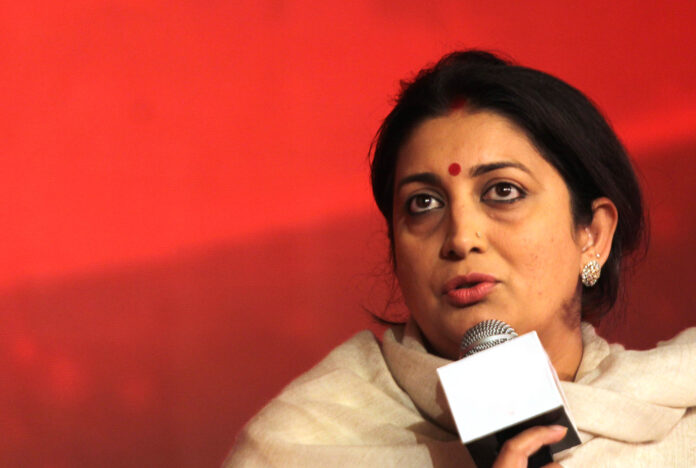Media Uttar Pradesh is a state in incessant progress. This view will not be available in the general media, and sadly so. It is not possible to realise the immensity of the problems faced by the government in the state – headed by Yogi Adityanath of the Bharatiya Janata Party, another upcoming giant in the power structure of Prime Minister Narendra Modi’s dispensation, sharing his common vision – through drawing room reportage and analyses. For that, media houses need to have boots on the ground, meet people, share their thoughts.
If UP has been shown as a state crumbling under unsolvable problems, these are old pictures from way back when Mayawati was dividing the population on caste lines, sidelining and short-changing the very Dalits she was supposed to rescue, creating elephants of greed instead. The elephants, the very emblems of sheer corruption, still stand, as do the images of utter chaos, in the minds of the media.
Views on News send its correspondents to the heart of the state, and heard from the very Dalits and OBCs that previous administrations proudly proclaimed to have rescued from poverty and caste biases. The feedback we received was quite different from those presented by armchair journalists. Dalits talked about safer villages, healthier villages, gas cylinders replacing smoky chulas, toilets in homes, empowerment and safety of women, a hopeful future for their children.
We talked to all – Hindus and Muslims alike – and the reports in each case were of hope and of an acknowledgement of visible progress on the ground, of safer homes and villages. Even Muslim women came out to talk of their future. They did not make any issue of the promise of the Ram Temple, an area where Hindus and Muslims have lived in peace for ages. They did not talk about the mosques, they did not talk about the deaths, but talked about life. They talked about the vaccination progress in the state. They looked to the future.
The most important discussion we had with the common people was of freedom: the freedom to aspire for bigger things, the freedom for education and of progress in society, the freedom to express one’s views and the freedom to believe. The age-old chains of bondage, we noticed, were no more.
The ground reality, our correspondents found, were very different from what have been depicted by the media in general. While the success in the war with Covid has been acknowledged by the topmost development authority in the world, UNESCO, it has remained unnamed in the general media. Read on to find how UNESCO has advised complete cooperation of the media with the administration if the fight against this deadly virus is to be won. Read on to find how hospitals have been made, how the chief minister of this state has untiringly gone from city to city, from village to village, overseeing the changes he has recommended.
Let me be open about this. The complete state of disarray in which earlier dispensations had left this state for years on end is not possible to be righted in a few months. We need to pick out the progress and weigh it against the Himalayan odds that exist. We need to see how the human development index has been changing; how women, even Muslim women, are being slowly empowered, moving out of ages of darkness and subjugation. We need to see how animal rights, too, are being protected. We need to see how crime is being put down with an iron hand.
At Views on News, we have our noses to the ground and our hearts in the right place. We know how to separate the rumour from the fact. We deal in facts. And the facts say UP is on an incessant path to progress. And the facts say that one mahant, Yogi Adityanath, is leading the way. The facts say that it is time for drawing-room journalists to get out of their air conditioned marble towers and smell the air outside. It is time for open, informed minds. That is what we deal with at Views on News.













